Auschwitz I
Transported to Auschwitz in cattle trucks, newly arrived prisoners were stripped of their personal property, some of which is displayed in Block 5 including mountains of artificial limbs, glasses, labelled suitcases, shaving kits and, most affectingly, children’s shoes. Block 6 examines the daily life of prisoners with collections of photographs, artists' drawings and tools used for hard labour while the next set of barracks recreates the living conditions endured by prisoners: bare rooms with sackcloth spread out on the floor, and rows of communal latrines, one decorated with a poignant mural depicting two playful kittens.
Block 11, otherwise known as ‘The Death Block’, is arguably the most difficult part of the tour. Outside, the ‘Wall of Death’ - against which thousands of prisoners were shot by the SS - has been turned into a memorial festooned with flowers; it was here that Pope Benedict XVI prayed during his ground-breaking visit in 2006. Within the terrifying, claustrophobic cellars of Block 11 the Nazi’s conducted their experiments with poison gas in 1941 on Soviet prisoners. Here the cell of Father Maksymilian Kolbe, the Polish priest starved to death after offering his life to save another inmate, is marked with a small memorial, and tiny ‘standing cells’ measuring 90 x 90 cm - where up to four prisoners were held for indefinite amounts of time - remain intact.
The remaining blocks are dedicated to the specific suffering of individual nations, including a block dedicated in memory of the Roma (gypsy) people who perished. The tour concludes with the gruesome gas chamber and crematoria, whose two furnaces were capable of burning 350 corpses daily. The gallows used to hang camp commandant Rudolf Hoss in 1947 stands outside.
Open
Last entrance 1.5hrs before closing.
7:30 a.m. - 2 p.m. December
7:30 a.m. - 3 p.m. January, November
7:30 a.m. - 4 p.m. February
7:30 a.m. - 5 p.m. March, October
7:30 a.m. - 6 p.m. April, May, September
7:30 a.m. - 7 p.m. June, July, August
Price/Additional Info
An individual ticket for a foreign language guided tour of both camps, plus the film, costs 60/55zł. Tours for groups range from 460-880zł depending on size of group and type of tour. Official guidebook 10zł. Admission without a guide (when possible) to either camp is free, but the film costs 6/3zł.Associated Venues
/krakow/auschwitz-ii-birkenau_113555v
Having completed the long
/krakow/memorial-for-the-first-transport-of-prisoners-to_144693v
Tarnów has the rather dubious distinction of the being the city from which the Nazis sent the first transport of victims bound for Auschwitz. Although they were de
/krakow/visiting-auschwitz-practical-info_113559v
Planning Your Visit to Auschwitz


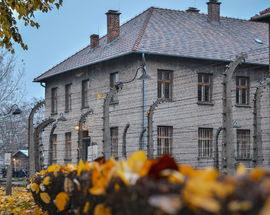
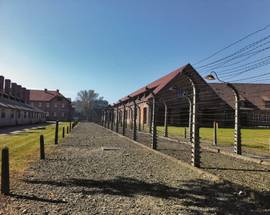
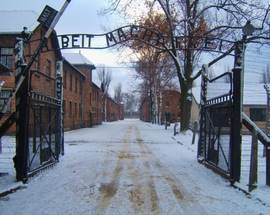
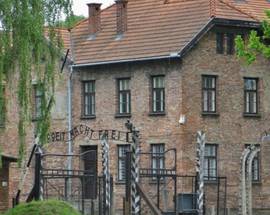
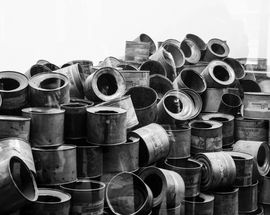
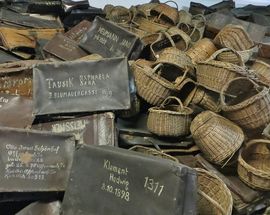
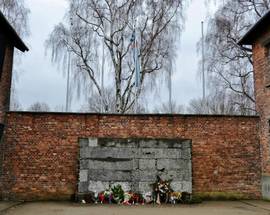
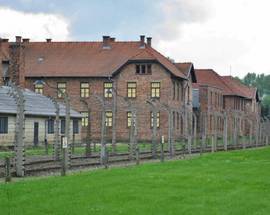
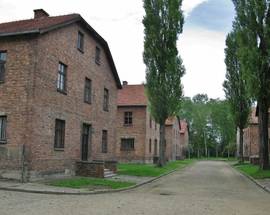
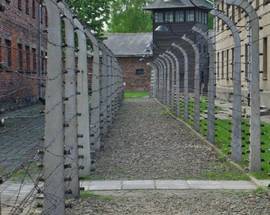
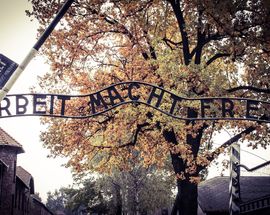
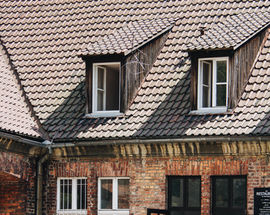

Comments